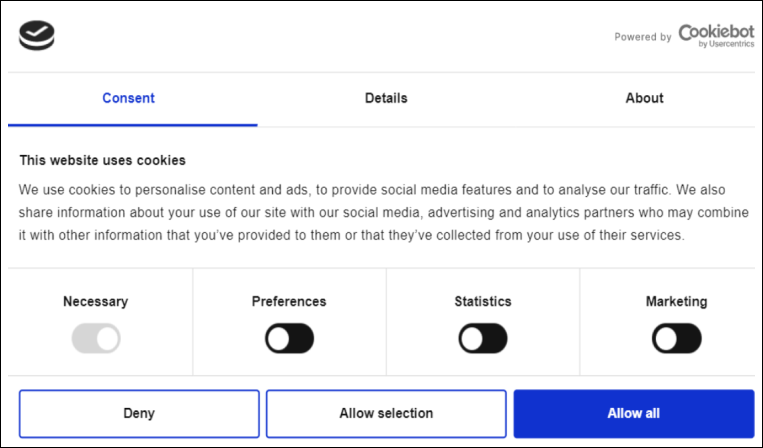Cost of living survey
Help us improve the cost of living support in Barking and Dagenham by taking part in our survey. Your feedback is invaluable in enhancing the support we offer!
How to use the cookie banner component to inform website visitors about the use of cookies and obtain their consent.
The Cookies Banner component is an essential part of a website's compliance with privacy regulations. It notifies users that the website uses cookies to collect data and provides them with an option to give or deny consent for their use.
The banner should be designed to be noticeable but unobtrusive, providing clear and concise information about cookies and their purpose. It should also be easy to dismiss or hide, and the user's preference should be saved for future visits.
Examples:

The cookies banner should be used on websites or web applications that use cookies to store information or track user behaviour. This component is necessary to comply with laws and regulations related to user privacy, such as the General Data Protection Regulation (GDPR).
The cookies banner should be displayed prominently on the website, usually at the top or middle of the page. It should include a brief explanation of why cookies are used on the website and a link to the website's privacy policy for more detailed information.
The banner should also provide users with the option to accept or reject the use of cookies.
It is important for us to consider the following points when using the cookie banner: